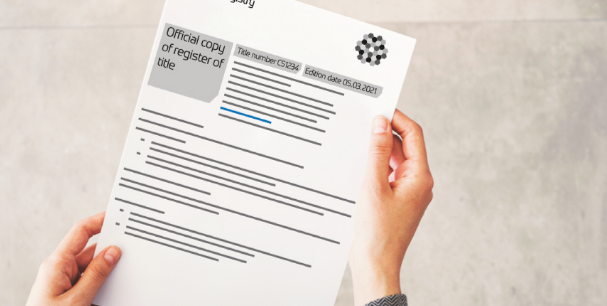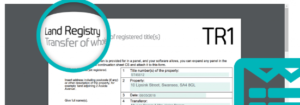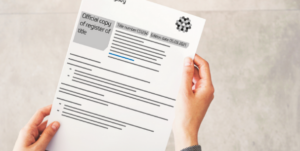
When you are selling or transferring a property to another party, the TR1 for must be filled in and signed prior to completion. This document is usually organised by the conveyancer who is acting on behalf of the vendor. If, however, you are only transferring or selling a part of the property, the TP1 is the appropriate form to complete.
Transferring a part of the property means the existing owner (or owners) is removing or adding a name to the title deed. The Land Registry will then update the title deed. Naturally, this comes with transfer of equity costs, and you will find information online which gives an indication of what these might be at sites such as https://www.samconveyancing.co.uk/news/conveyancing/transfer-of-equity-cost.

When Is a TR1 Form Used?
What Does the TR1 Form Include?
The form is broken into 12 sections, and here is what they involve:
1. The title number of the property must be included and appears in the official register.
2. You will need to provide the address and postcode of the property.
3. Once the completion date has been set you can complete the date on the form.
4. The transferor needs to complete this section with their details.
5. Similarly, the transferee’s details will be added to the form.
6. The transferee must give an address for correspondence.
7. The transfer statement needs no action.
8. Consideration must be detailed here explaining the amount the property is sold for. If it is being transferred with no consideration, fill box 2.
9. Here you will affirm title guarantees with no charges attaching to the property.
10. Finally, a declaration of trust is provided by the transferee(s).
11. Additional provisions cover any restrictive covenants or specific agreements.
12. The deed must be signed and witnessed.

Why Would I Be Registering a Property for the First Time?
Your property may be unregistered, and so you may wish to register it for the first time. This is recommended, since once you have done so the title is guaranteed in your name. It also means that if the original title deeds have been lost or destroyed, you will have a central record of your legal ownership which is easily accessed.
With property fraud an increasing problem in the UK it also adds another layer of protection against this kind of criminal activity. You can also register with the Land Registry to receive alerts if anyone tries to deal with a property in your name. If you hold the deeds, the process is straightforward.
